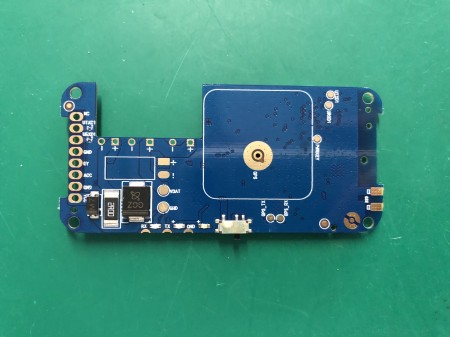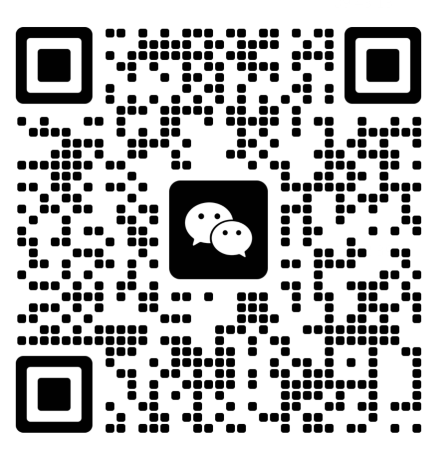 +86 755 2794 4155
+86 755 2794 4155  sales@knownpcb.com
sales@knownpcb.com
-
Shenzhen KNOWNPCB Technology Co., Ltd.
 +86 755 2794 4155
+86 755 2794 4155  sales@knownpcb.com
sales@knownpcb.com
 2024-12-27
2024-12-27
 387
387

IoT printed circuit boards are the backbone of the vast and complex Internet of Things ecosystem. They are designed to enable seamless connectivity and data exchange among numerous devices spread across different environments.
In an IoT system, PCBs need to be highly adaptable to handle a diverse range of sensors and communication modules. For example, in a smart city application, IoT PCBs in streetlights may incorporate light sensors to adjust brightness according to ambient light conditions, as well as cellular or LoRaWAN communication modules to send data about energy consumption and maintenance needs back to a central control system. Similarly, in industrial IoT settings, PCBs in factory equipment can connect temperature sensors, vibration sensors, and other monitoring devices to the cloud for predictive maintenance and process optimization.
Power efficiency is a critical factor for IoT PCBs. Since many IoT devices are battery-powered or rely on energy harvesting techniques, the PCB design must minimize power consumption. This involves using low-power components, implementing sleep modes when the device is not actively collecting or transmitting data, and optimizing the power supply circuit to make the most of the available energy.
The reliability of IoT PCBs is also essential given that they are often deployed in remote or hard-to-reach locations. They must be able to operate continuously for long periods without failures. To achieve this, robust manufacturing processes are employed, and components are carefully selected for their durability. Moreover, the PCBs need to support over-the-air (OTA) updates to allow for firmware upgrades and improvements in functionality over time. IoT PCBs are crucial for realizing the full potential of the Internet of Things by facilitating efficient communication, data collection, and device management.

Or call +86 755 2794 4155
Inquiry Now

